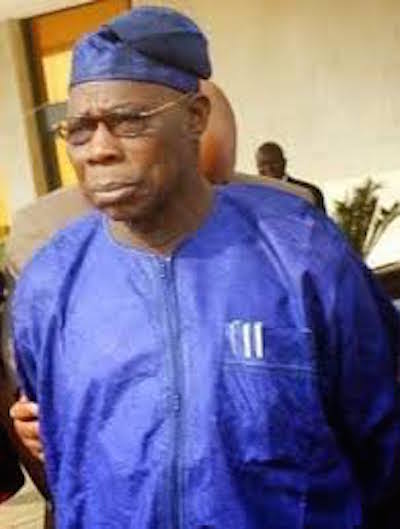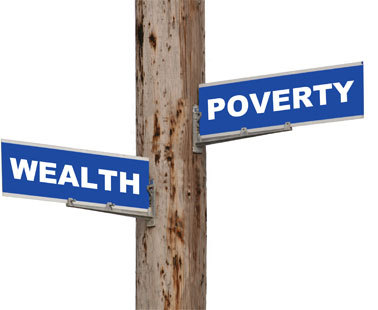How true is the statement that “OBJ’s government spent $16 billion on power and had nothing to show for it”?
Fact Checks: Dr. Nura Alkali
1. By May 1999 when OBJ took office, Nigeria had seven functional power plants generating 1,500 mW daily. These were Kainji, Jebba and Shiroro hydroelectric plants; and Egbin, Afam, Delta and Sapele gas thermal plants.
2. The two coal thermal plants at Orji River and Ijora were non-functional for lack of coal and obsolete equipment.
3. During 1999-2007, the FGN built six gas power plants now supplying electricity to the national grid. They include Afam II (276 mW), Papalanto (330 mW), Geregu (414 mW) and Omotosho (330 mW), all completed by May, 2007.
4. A fifth plant at Alaoji, Delta State (545 mW), was under construction. A sixth plant was under construction at Ikot-Abasi, Akwa-Ibom State (145 mW). It was a state government partnership with the FGN.
5. Also during 1999-2007, six states initiated power projects under the NIPP Program with FGN support (though not partnerships) at: Sapele (Delta State), Egbema (Imo), Ehobor (Edo), Gbaram (Bayelsa), Calabar (Cross-River), and Omoku (Rivers).
6. In the private sector, the Agip oil company built and commissioned a 480 mW thermal plant at Okpai, Delta State.
7. Two hydroelectric projects at Zungeru (Niger State) and Mambilla (Taraba State) were at the design and conception stage by 2007. Construction work started at Zungeru (700 mW) in 2013, to be completed in 2020, while construction work at Mambilla (3,050 mW) started only in 2018.
8. During 1999-2007, the FGN also rehabilitated existing power plants at Kainji, Egbin and Shiroro, which were all performing far below capacity due to accumulated neglect.
9. Also during 1999-2007, the FGN initiated new power transmission projects (though most of them commenced after 2007) and passed into law the Power Sector Reform Act which allowed the privatization of NEPA/PHCN.
Summary:
Today, Nigeria owes at least 2,520 mW of her daily power generation to FGN policies conceived and executed during 1999-2007. That excludes investments in power transmission and distribution, as well as FGN support for NIPP projects which came on stream after 2007.
Conclusion:
OBJ’s government has something to show for its power projects. It is left for auditors, engineers and other experts to determine whether $16 billion justifies that achievement.



![#SilencedVoices: ‘Magnetic Mom’ Brittany Galvin Gives Horrific Account of Her Paralyzing Journey Since Receiving Jabs [VIDEO]](https://newsrescue.one/wp-content/uploads/2021/08/brittany-218x150.png)
![Yoruba Man Burns Nigerian Passport, Dares SSS; Will Only Return To Odudua Republic [VIDEO]](https://newsrescue.one/wp-content/uploads/2019/10/burns-passport-218x150.jpg)





